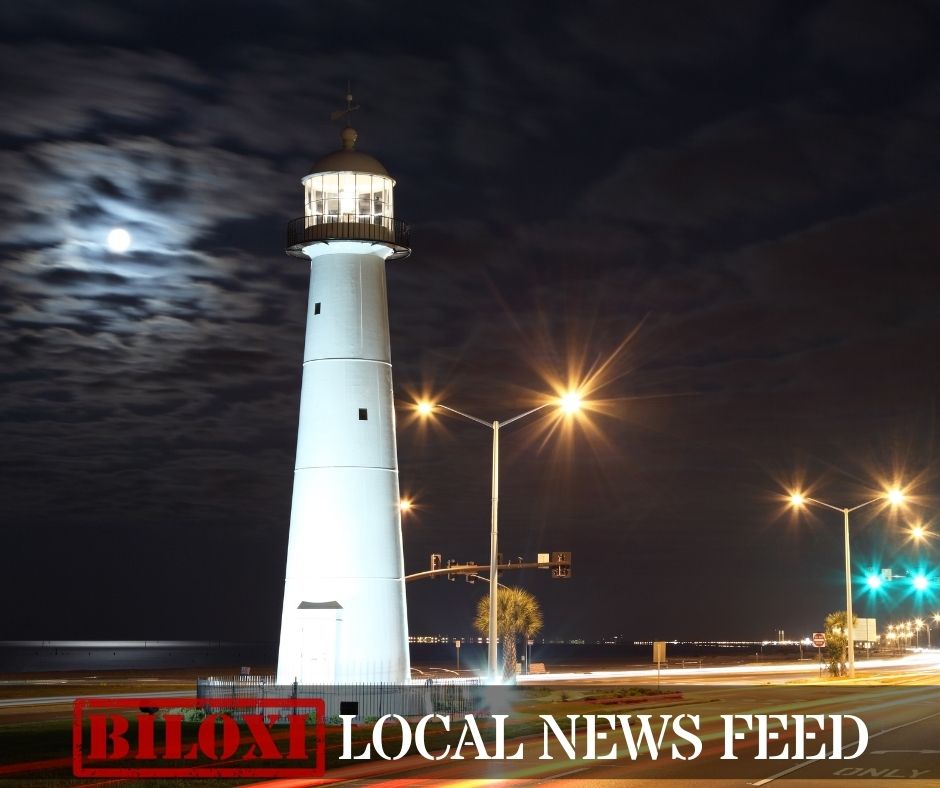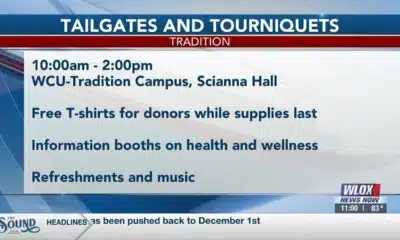(The Center Square) – President Donald Trump’s Environmental Protection Agency Administrator Lee Zeldin is crisscrossing the country, meeting with policy leaders and everyday Americans to address issues of importance to constituents and promoting his “Powering the Great American Comeback” initiative.
“Under my leadership, EPA will no longer view the goals of protecting our environment and growing our economy as binary choices. We must and we will choose both,” Zeldin said of the EPA’s mission.
The EPA’s “Powering the Great American Comeback” initiative “will continue tirelessly in our work to ensure clean air, land, and water for every American, while simultaneously driving economic growth by unleashing energy dominance, pursuing permitting reform, making the U.S. the AI capital of the world, and bringing back American auto jobs,” he said.
“Under President Trump’s leadership, we are recommitting to common sense policies that preserve our environment and work for all Americans to unleash American energy, revitalize domestic manufacturing, cut costs for families and pursue permitting reform. The EPA will strive to accomplish all this while fulfilling our commitment to the rule of law, advancing cooperative federalism, and being great stewards of your hard-earned tax dollars,” he said.
To that end, Zeldin’s been traveling across the country meeting with Democrats and Republicans, including Democratic governors, state and federal lawmakers.
During his latest stop in Midland, Texas, he met with industry executives to discuss the agency’s reversal of Biden-era policies and regulations targeting the oil and natural gas industry, The Center Square reported. It was the first time an EPA administrator ever went there.
This was after a 36-hour swing through Salt Lake City, where Zeldin toured the Kennecott Copper Mine. It’s the world’s largest open-pit copper mine where the EPA is conducting a review of cleanup efforts. He also met with state and federal lawmakers to discuss air quality issues, including rescinding a previous administration guidance on international transport emissions. Zeldin is working with states and local air agencies “to develop the evidence necessary to grant regulatory relief,” he said.
“It is a priority for me to work directly with the regions and states, instead of leading from behind a desk in DC. It is essential to learn about the top environmental issues Americans face in communities across the nation and what we can do at EPA to more effectively carry out our mission,” he said.
Prior to that, Zeldin traveled to Denver to visit the Rocky Mountain Arsenal Superfund Site, met with Democratic Gov. Jared Polis and state and federal officials to advance the agency’s commitment to “cooperative federalism,” discuss air quality and energy issues critical to Colorado.
Zeldin is traveling to Superfund sites and disaster recovery areas as part of his Powering American Comeback Initiative.
In Missouri, he visited the West Lake Superfund and Coldwater Creek sites and participated in events hosted by U.S. Sen. Josh Hawley. Hawley had asked Zeldin to expedite cleanup of the West Lake Landfill that’s been a Superfund site since 1970. Prior to being confirmed EPA administrator, Zeldin promised Hawley he would visit the site to determine the extent of radioactive waste contamination that caused high cancer rates in the area. Zeldin met with residents who described their illnesses attributed to the site as well as with farmers who expressed concerns about fuel costs, food security and water.
In Arizona, he met with Democrats Gov. Katie Hobbs and U.S. Sen. Mark Kelly, members of the Arizona Chamber of Commerce and the Ak-Chin Tribe to discuss efforts to improve air quality, reduce pollution, implement policy reforms and spur economic growth.
EPA Administrator Lee Zeldin met with Ak-Chin Indian Community Tribal Council Members Dennis Antone, Lisa Garcia and Cecil Peters, as well as Roman Orona, Ak-Chin Indian Community Environmental Manager and EPA National Tribal Caucus Representative, and others in Arizona. The Ak-Chin Indian Community engages in farming and agriculture, and the discussion focused on water issues, pesticides and more.
A major focus of Zeldin’s is working with states and tribes to “resolve the massive backlog of State Implementation Plans (SIPs) and Tribal Implementation Plans (TIPs) that the Biden-Harris Administration refused to resolve.”
Because the Biden administration focused on “ideological pursuits instead of the agency’s core mission and statutory duties,” Zeldin argues, there were extensive delays in air quality improvement. “With more than 140 million Americans living in nonattainment areas around the country, cooperative federalism and clearing out the State Implementation Plan backlog will make significant strides to improving the air we breathe,” he said.
“The EPA will work with, not against, states and assist them to ensure that air quality is protected while growing the economy – including development and expansion of semiconductor manufacturing and artificial intelligence,” he said.
Zeldin also traveled to Hawaii where he met with officials and community leaders to survey recovery efforts after the 2023 Maui wildfires, visited the Red Hill Bulk Fuel Storage Facility, and met with the Hawaii Department of Health to discuss collaborative efforts to provide clear air, land and water.















































